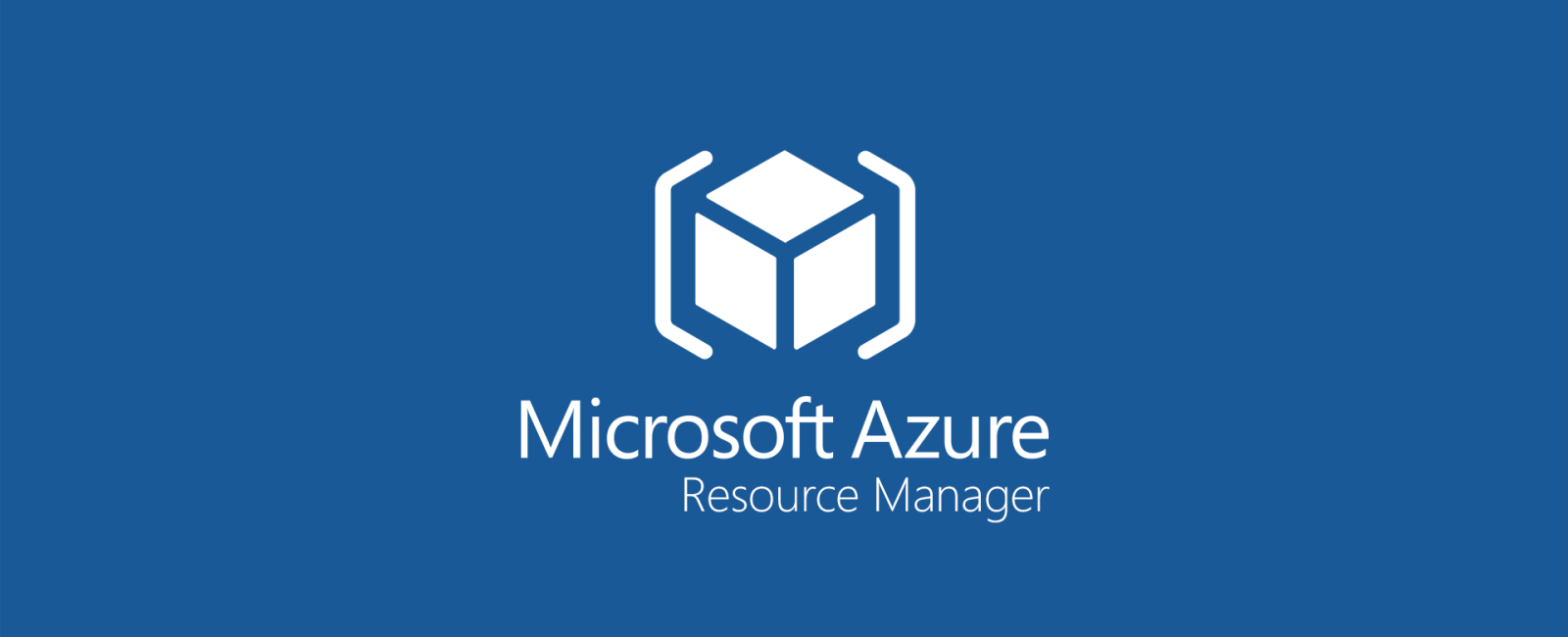Azure Resource Deployment; Management Tools and Features:
 Ezekiel Adesanya
Ezekiel Adesanya
Welcome to the final series on this topic. Today, we would be looking at the last two of the most commonly used Azure resource management and deployment tools which are Azure Resource Management and Azure ARM Template. These two deployment resources are closely related in the Azure environment but perform different purposes and functions. Let's look at the first one which is;
Azure Resource Management.
This is the deployment and management service provided by Microsoft Azure for organizing and managing resources in an Azure environment. It acts as a control plane that allows users to create, update, and delete resources in a consistent and unified manner and as a single logical unit.
ARM provides a declarative approach to resource management, enabling users to define the desired state of their infrastructure and applications and handles the underlying complexities to achieve that state. It helps with resource grouping, versioning, access control, and tagging. Highlighted below are the major features of ARM.
Features of Azure Resource Manager (ARM).
●Resource Group: ARM organizes resources into logical containers called "Resource Groups." Resource Groups are used to manage related resources as a single unit and to apply common lifecycle operations, such as deployment, monitoring, and access control, to all resources within the group.
●Template-based Deployment: ARM supports deployment templates, which are JSON (JavaScript Object Notation) files defining the resources and their configurations. Templates enable users to specify the infrastructure and configurations required for their applications and services, facilitating consistent and repeatable deployments.
●Declarative Model: ARM uses a declarative model, where users define the desired state of the resources they want to deploy, and ARM handles the process of achieving that state. This approach allows for operations, where multiple deployments of the same template result in the same end state.
●Resource Providers: ARM uses resource providers to interact with different types of Azure resources. Each resource type has an associated resource provider responsible for handling resource operations specific to that type.
●Access Control (RBAC): ARM integrates with Azure Active Directory (Azure AD) to provide Role-Based Access Control (RBAC). This allows administrators to grant appropriate permissions to users and groups for managing specific resources or resource groups.
●Tagging: ARM allows users to assign metadata tags to resources, enabling easy categorization, tracking, and management of resources based on custom-defined attributes.
●Managed Applications: ARM supports Managed Applications, which allow third-party developers to build and offer applications on top of Azure, making them available in the Azure Marketplace and allowing customers to deploy them directly through the Azure portal.
●Extensibility: ARM is extensible and integrates with various Azure services, tools, and third-party solutions to provide a comprehensive resource management experience.
Azure Resource Management Template.
An Azure Resource Manager template is a JSON (JavaScript Object Notation) file that defines the infrastructure and configuration of resources that you want to deploy in Azure. It's a declarative template that describes the desired state of the resources, rather than prescribing a series of steps to achieve that state. The template contains the definitions of resources, their properties, dependencies, and other settings necessary for the deployment.
Resource Manager templates are used to automate the deployment and configuration of Azure resources in a consistent and repeatable manner. They enable Infrastructure-as-Code (IaC) practices, where you define your infrastructure in code and version it using source control systems.
By using templates, you can create complex Azure environments, ensuring that all resources are deployed in the correct order and with the right configuration. Templates can be parameterized, allowing you to customize the deployment for different environments or scenarios.
Features of Azure Resource Manager Template.
●JSON Format: ARM templates are written in JSON format, which is a lightweight data-interchange format that is human-readable and easy to understand.
●Resource Definition: An ARM template consists of one or more resource definitions. Each resource definition specifies the details of an Azure resource to be deployed, including its type, name, location, properties, and any dependencies on other resources.
●Parameters: ARM templates can include parameters, allowing users to provide dynamic values during deployment. Parameters make templates reusable and customizable for different scenarios.
●Variables: Variables in ARM templates enable users to declare and use values that remain constant throughout the deployment. They can be used to store settings, configurations, or calculated values.
●Output: ARM templates can define outputs, which are values derived from the deployment that can be useful for post-deployment actions or for making information available to other resources.
●Functions: ARM templates support various built-in functions that can be used for expressions, calculations, and transformations of values within the template.
●Resource Group: Although not explicitly defined within the template, each deployment of an ARM template creates a resource group in which the resources specified in the template are grouped.
In summary, Azure Resource Manager (ARM) is the management framework, while Azure Resource Manager templates are JSON files used to define and automate the deployment of Azure resources in a declarative manner. ARM templates are an essential tool to implement Infrastructure-as-Code practices and maintain consistency and repeatability in your Azure deployments.
We have come to the end of the series on the topic of the Azure Resource Management and deployment tool. State tune for more interesting discoveries on the Azure cloud environment.
Subscribe to my newsletter
Read articles from Ezekiel Adesanya directly inside your inbox. Subscribe to the newsletter, and don't miss out.
Written by

Ezekiel Adesanya
Ezekiel Adesanya
A strategic senior product and solution manager with proven accomplishments in driving growth and increasing business revenue with a proven history of driving product development and awareness which is illustrated in over 10 years of success within the product development and sales landscape in the Financial and Information Technology (IT) space in Nigeria.